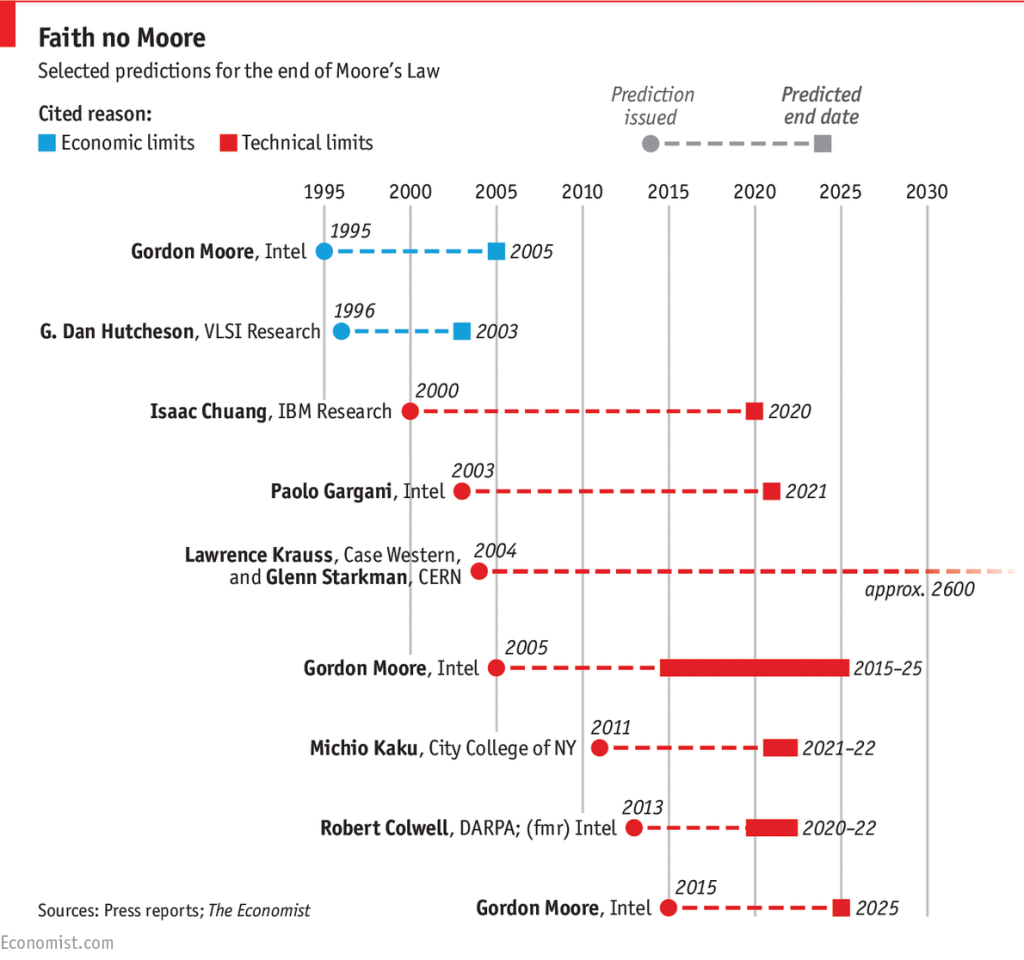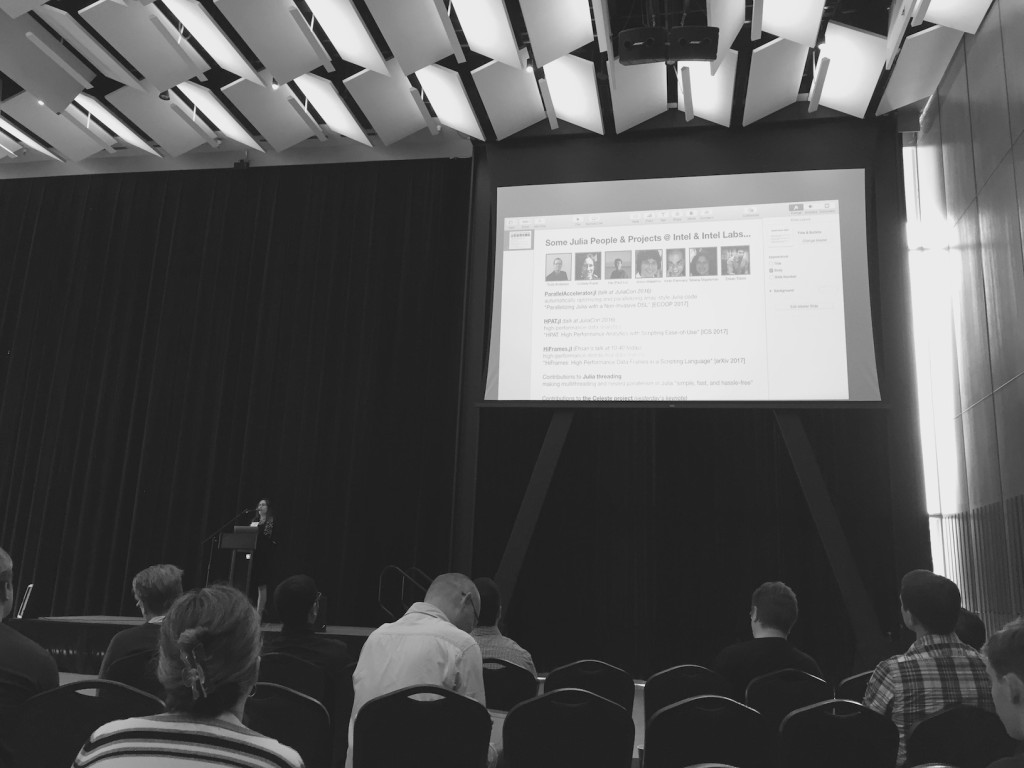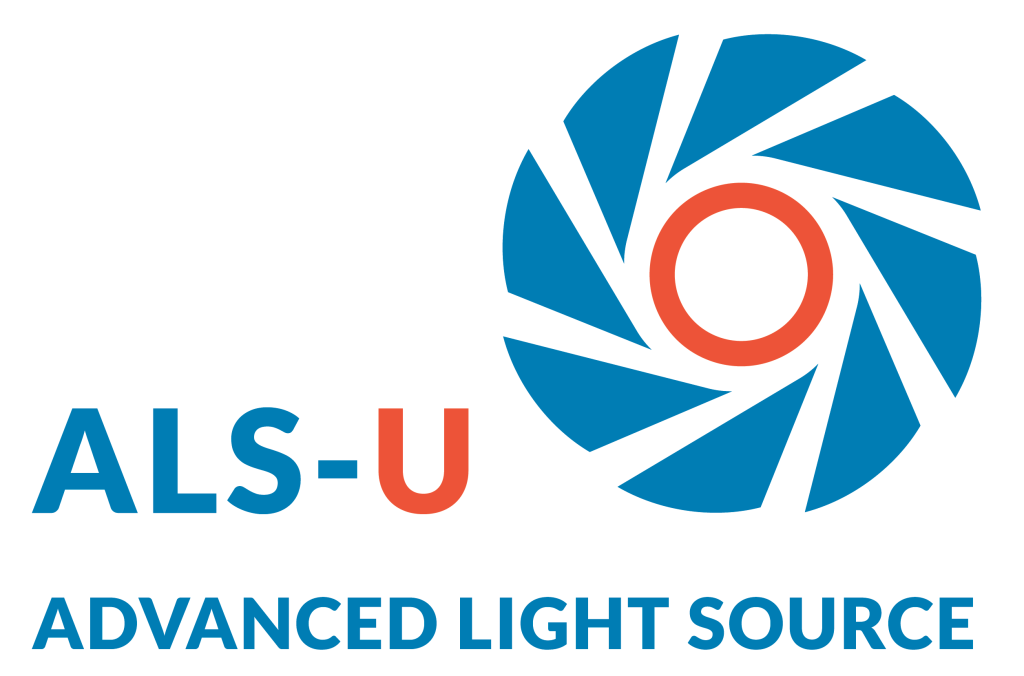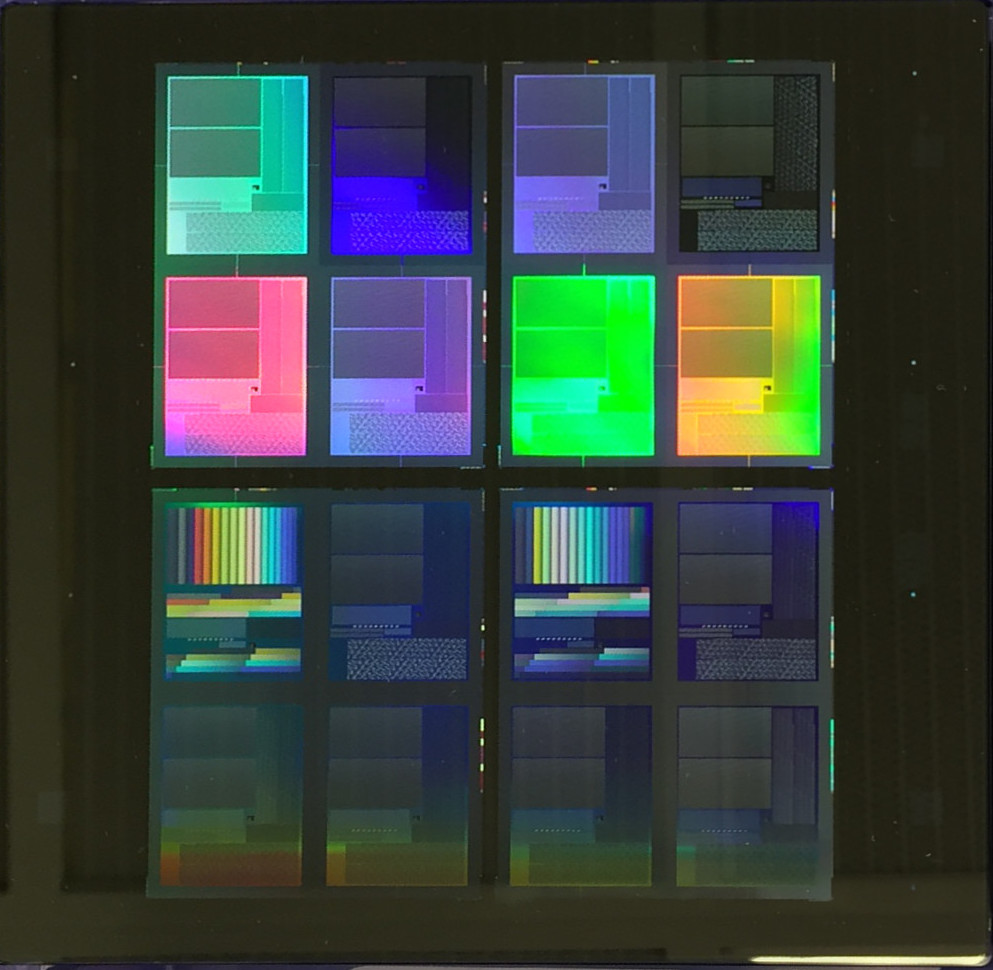A single chip such has Intel Xeon Phi has a computational power in excess of 1TFLOPS and features more than a hundred billion transistors. Few people outside the world of semi-conductor engineering appreciate this, but that is a fantastical number: 100,000,000,000. If every transistor was a pixel, you would need a wall 0f 100 x 100 4K TV screen to display them all!
Over the past fifty years, the semiconductor industry has achieved incredible things, in part thanks to planar technology, which allowed to exponentially scale the manufacturing process, following Moore’s law. But it seems that we’re about to hit a wall soon. Let’s give an overview of where we stand, and where do we go from here! Continue reading
Let’s give an overview of where we stand, and where do we go from here! Continue reading








